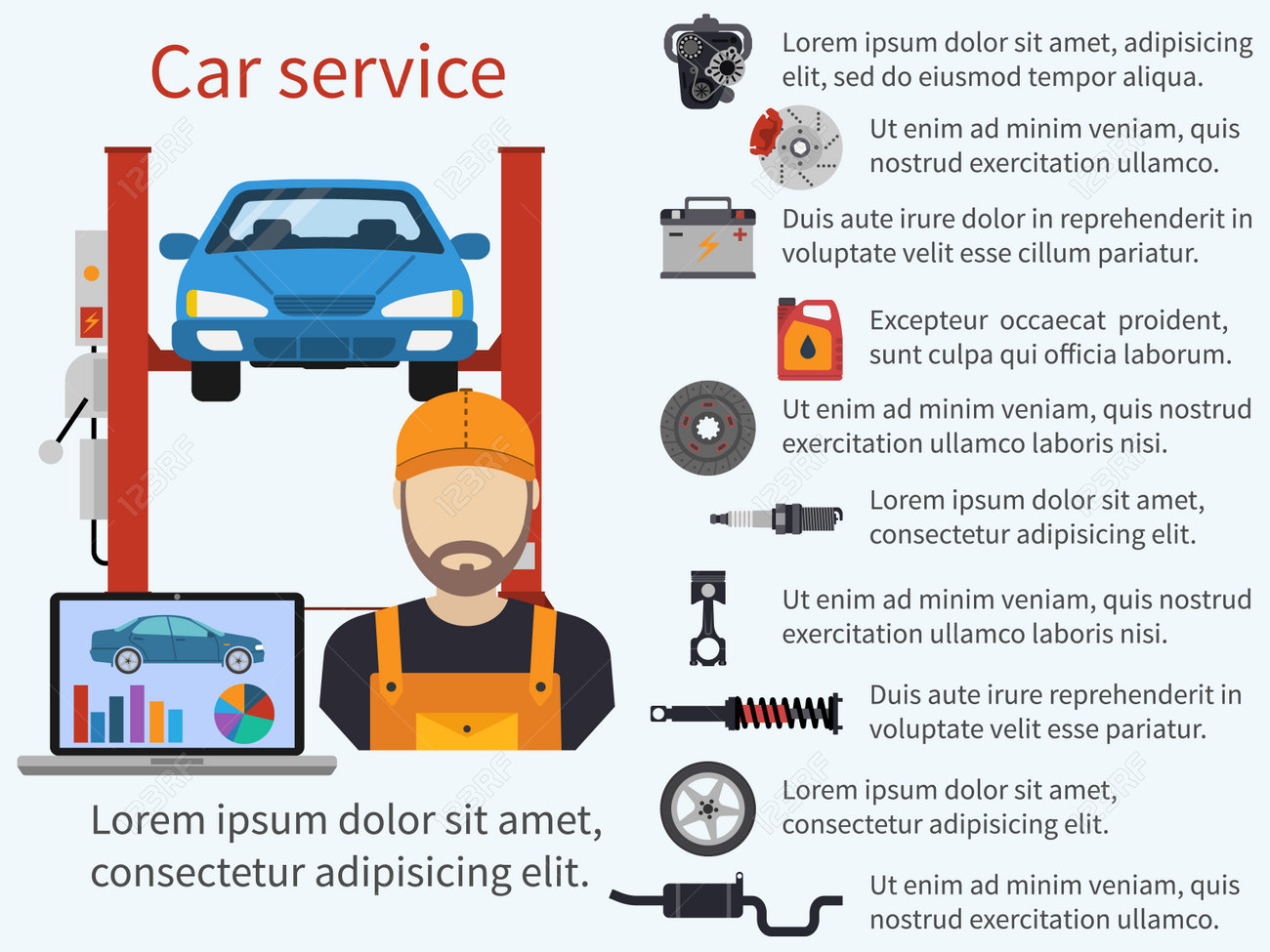Eager To Recognize What The Control Panel Caution Lights In Your Automobile Signify? Explore Their Definitions For The Health And Safety And Security Of Your Vehicle
Eager To Recognize What The Control Panel Caution Lights In Your Automobile Signify? Explore Their Definitions For The Health And Safety And Security Of Your Vehicle
Blog Article
Write-Up Writer-Lim Dalgaard
When you lag the wheel, those radiant caution lights on your control panel can be a bit complicated. Do you know what they're attempting to tell you regarding your car's wellness? Recognizing the relevance of these lights is essential for your safety and security and the longevity of your lorry. So, https://free-ecu-tuning-software28405.blogrelation.com/38263220/learn-how-environmentally-friendly-auto-describing-items-can-elevate-your-automobile-s-shine-while-securing-the-earth-discover-the-lasting-options-awaiting-you among those lights pops up, would not you wish to understand its message precisely and take the necessary actions to resolve it?
Common Caution Lights and Interpretations
Determine common caution lights in your car and understand their significances to make sure risk-free driving.
One of the most regular caution lights include the check engine light, which signifies problems with the engine or exhausts system. If this light begins, it's important to have your vehicle checked quickly.
The oil pressure cautioning light indicates low oil pressure, requiring immediate interest to stop engine damages.
A blinking battery light might suggest a damaged billing system, potentially leaving you stranded otherwise dealt with.
The tire pressure surveillance system (TPMS) light notifies you to low tire pressure, influencing car stability and gas efficiency. Neglecting this might result in dangerous driving conditions.
The abdominal muscle light suggests an issue with the anti-lock stopping system, endangering your capability to stop rapidly in emergencies.
Last but not least, the coolant temperature alerting light warns of engine getting too hot, which can result in serious damage if not resolved promptly.
Recognizing these common warning lights will certainly assist you resolve problems immediately and maintain risk-free driving conditions.
Relevance of Prompt Interest
Comprehending the typical warning lights in your cars and truck is only the first step; the value of immediately addressing these warnings can not be stressed enough to ensure your safety and security on the road.
When https://www.woodtv.com/news/kent-county/shortages-plague-busy-auto-repair-shops/ illuminates on your control panel, it's your car's way of connecting a possible issue that needs focus. Overlooking these warnings can result in extra severe troubles down the road, compromising your safety and potentially costing you a lot more out of commission.
Trigger attention to cautioning lights can protect against break downs and crashes. For example, a blinking check engine light could indicate a misfire that, if left ignored, can trigger damage to the catalytic converter. Resolving mouse click for source can save you from a pricey fixing.
Likewise, a brake system alerting light may indicate reduced brake fluid or used brake pads, important elements for your safety and security when driving.
Do It Yourself Troubleshooting Tips
If you see a warning light on your dashboard, there are a couple of do it yourself repairing ideas you can try prior to looking for expert assistance.
The first step is to consult your cars and truck's handbook to understand what the particular caution light shows. In some cases the issue can be as straightforward as a loosened gas cap causing the check engine light. Tightening up the gas cap may resolve the issue.
Another usual concern is a reduced battery, which can cause various cautioning lights. Checking the battery links for corrosion and ensuring they're secure may deal with the issue.
If a caution light persists, you can attempt resetting it by disconnecting the vehicle's battery for a few minutes and then reconnecting it. Furthermore, inspecting your lorry's liquid degrees, such as oil, coolant, and brake fluid, can assist repair alerting lights related to these systems.
Final thought
To conclude, understanding your auto's caution lights is vital for maintaining your car running smoothly and safely. By immediately attending to these signals and understanding what they suggest, you can stay clear of costly repair services and prospective break downs.
Remember to consult your car's handbook for specific details on each cautioning light and take action appropriately to make sure a hassle-free driving experience.
Remain notified, remain risk-free when driving!
